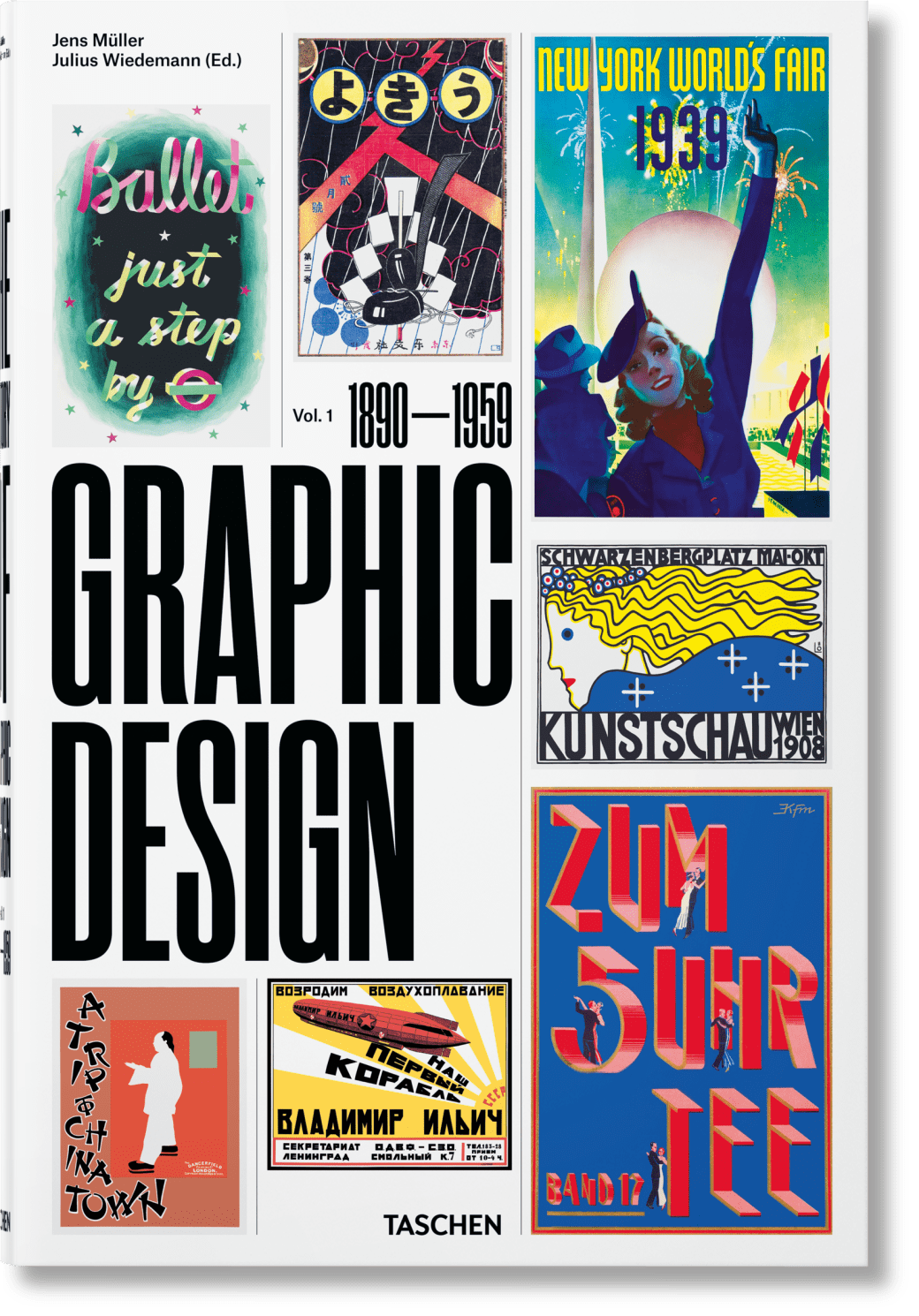Paula Scher’s 10 rules for play


There is a cohort of world-renowned graphic designers whose work people know whether they’re into design or not, and Paula Scher’s name sits squarely on that list. With this in mind, we invited the Pentagram partner to share her “10 rules for play” noted down over a formidable and long-lasting career.
Hero illustration by Lorenzo Gritti.
I was asked here to list 10 of my methods for creating a “state of play” that I use when I want to make something “new,” or “original.” Except, I have no real methods, and nothing I make is either new or totally original.
But, here are some things I’ve tried that, upon occasion, have gotten me into that mindset. Being in a “state of play” means having the ability to freely associate and see new possibilities and combinations in old ideas that become new again. You are throwing the dice.
Rule #1
Meet the collaborator or client. Read their brief. Go home and do something mindless, something rote like cleaning out your closet. This will clear your brain so you can freely associate. Ideas will follow.
Rule #2
Sit down and open your design history books—all at once. Perhaps buy the big Taschen books (volumes one and two) and look at it all in one sitting. Don’t flag anything, or even try to copy anything. Start on your new project a day later.
Rule #3
Sit in any waiting room. A doctor, dentist, or car inspection garage where you have absolutely nothing to do for about an hour. Or take a flight with no Wi-fi, and no leg room. Get stuck in traffic. Make sketches on a very small lined pad (even a napkin will do) with a good pen. The worse the environment, the better the result! Your mind will really wander and open up the playground.

Paula Scher documents her ongoing collaboration with The Public Theater in 25 Years at the Public: A Love Story.
Rule #4
Nurture the relationships which afford you freedom. This is my 29th season working with the New York Public Theater, and I still push it forward. My teams have always loved working on it, because they get to play and invent.
Rule #5
Maintain the right balance of work. This is key in keeping designers, and design teams, sane and enthusiastic. Lift your team up, ensure they’re on a variety of projects, and push them to question ideas. I believe the goal of the designer is to raise the expectation of what good design can be. Better work will breed better work.
Rule #6
Recognize that opportunities for play are really quite rare. Take on pro-bono, or near pro-bono projects, to really be able to practice your craft—it’s where I often make the most discoveries.
Rule #7
Change your tools! Get off the computer. Look at other disciplines that have nothing to do with your project. Get yourself to a bookstore. Go to a museum. Go to a gallery. Go shopping!
Rule #8
Make peace with how you can be influenced. Nothing I make is either entirely new or totally original. Everything I have designed has been influenced by something or someone else. What may make the work seem more original is that I tend to avoid trends so…
Don’t Call It a ‘Mood Board’ — It’s a ‘World’ (New York Times)
“A mood board is an idea. A world is a place that triggers all my senses...A world is alive, versus a mood board, which is something that lives on a corkscrew board.” —Robyn Kanner, creative director and past Config speaker in this article against moodboards.
Rule #9
Don’t use mood boards to influence anything. You’re only going to make something that is slightly different from what already exists in the marketplace. I have used the same methods in my work for the past 50 years regardless of trends and technology.
Rule #10
Initiate your own cluster. This is how design shifts develop: One brand will do something somewhat daring and the others will follow suit, thereby making it ordinary. Be the one to initiate.
Related articles




